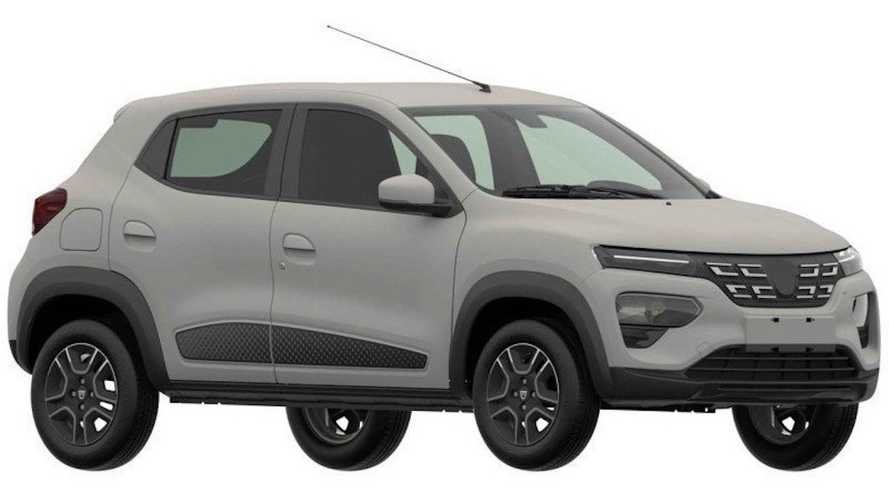Patents Reveal Dacia Spring: The Most Affordable EV In Europe

When Carlos Ghosn said he wanted a small and affordable electric car to sell all over the world, Renault gave him the K-ZE City. The urban vehicle has a 26.8 kWh pack, good for 271 km of range under the NEDC cycle. Europe will finally have its version of that affordable EV when the Dacia Spring is put for sale in early 2021, and these patents show it will not change much compared to the concept.
Primarily based on the Renault Kwid developed for India and Brazil, the Dacia Spring will retain the same measures the K-ZE City presents. The affordable Chinese EV is 3.74 m (147.2 in) long, 1.58 m (62.2 in) wide, 1.48 m (58.3 in) tall, and has a 2.42 m (95.3 in) wheelbase. The K-ZE offers 300 l (10.6 ft³) or luggage space and weighs 921 kg (2,031 lb).
In China, its most expensive version, sold by 71,800 RMB ($10,246, at the current exchange rate), is slightly taller, at 1,52 m (59,8 in), probably due to roof rails. It also has a mid-spec option for 66,800 RMB ($9,533). The entry-level K-ZE costs 61,800 RMB – or $8,819 – as you can see at Renault's Chinese website. How cheap can it be in Europe?
The answer is quite a lot. If Dacia is able to sell it for around €10,000 (which is feasible), EV incentives may make it cost much less than any combustion-engined car currently for sale in the Old Continent. Just imagine if it could be sold in the US with the federal tax credit of $7,500. That is not far from what some countries in Europe also offer, such as France or Germany.
When it comes to the appearance of the car, the patents show it will retain the concept's taillights, but present a bulkier rear bumper, equal to the one the K-ZE City has in China. To be quite frank, the patents show the Dacia Spring is basically a badge-engineered version of that Renault, which is not a bad thing. Expect safety improvements and attractive prices when it finally reaches the market: Spring is coming with affordable electric mobility.
